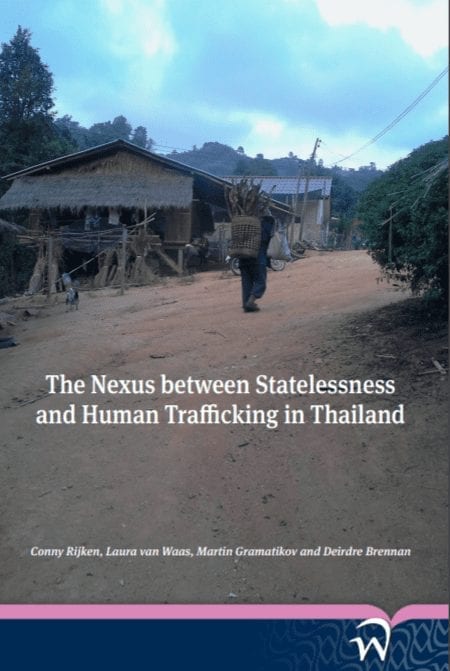
The Nexus of Statelessness and Human Trafficking in Thailand
The aim of the research was twofold: first, to develop a research methodology to identify the nexus between statelessness and human trafficking, and second, to identify the nexus between statelessness and human trafficking among hill tribe people in the Northern part of Thailand. Answering the central research question on how to measure the impact of statelessness on a women’s vulnerability to human trafficking and piloting the developed research instrument among the hill tribe people in Thailand helps to close the knowledge gap on the link between statelessness and human trafficking. A variety of research methods was used for the identification of consequences of statelessness among the hill tribe people and risk factors for human trafficking, and how they impact on the vulnerability and empowerment of stateless women, in comparison to citizens and to men: desk review, key-informant interviews, survey, qualitative interviews, focus groups and finally additional interviews with key informants. The research commenced in September 2012 and the analysis of data was completed in September 2014. For the research in Thailand two field trips were undertaken; the first in January 2013 to conduct key-informant interviews and to set-up the survey, and the second in January and February 2014 to set up and supervise the in-depth interviews and focus groups and to conduct additional interviews with key-informants to verify and discuss some provisional findings of the project. For the data collection, cooperation was sought with the law clinic of Chiang Mai University who also provided advice on how to set up the data collection, helped with establishing contacts in research locations and provided input on the questionnaire and interview protocol.
